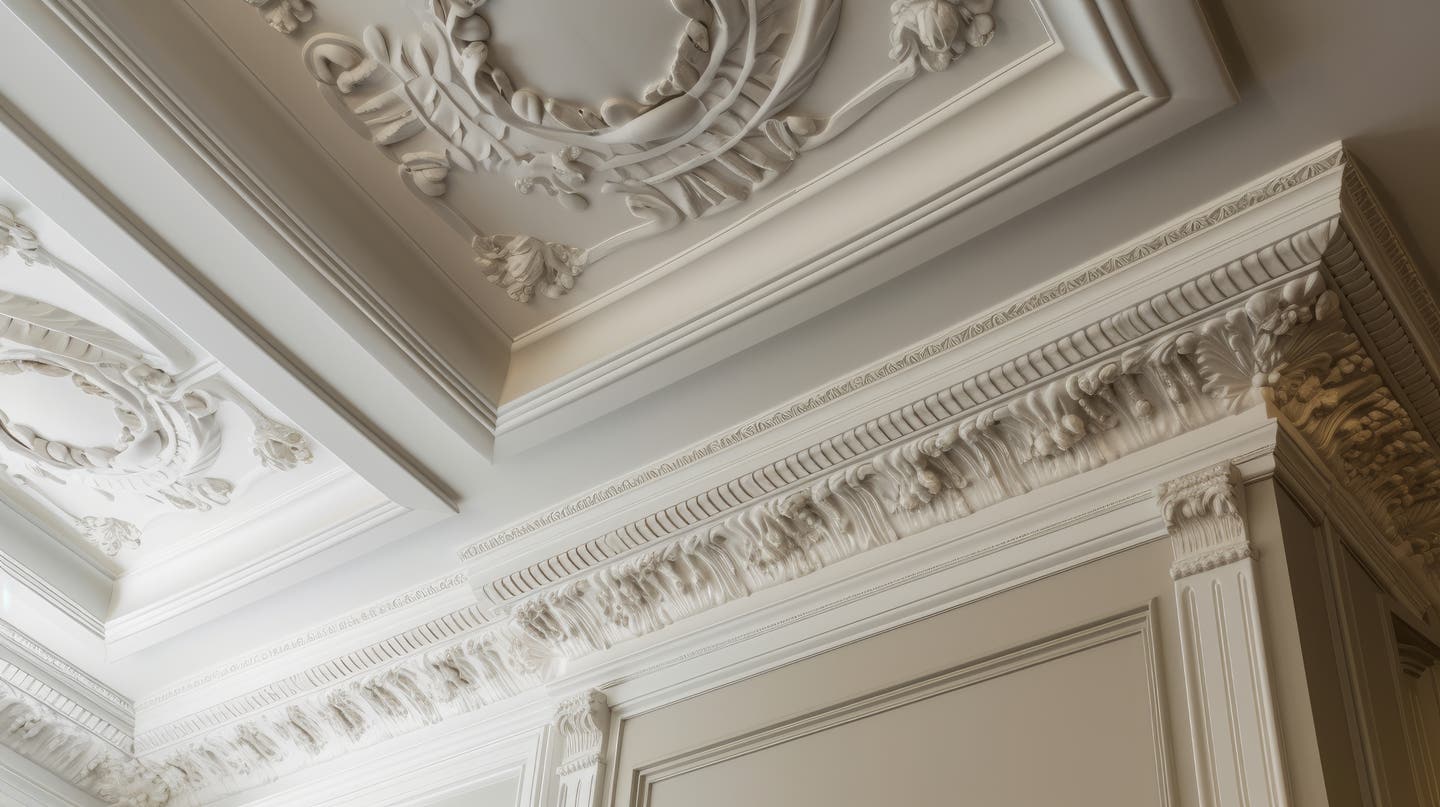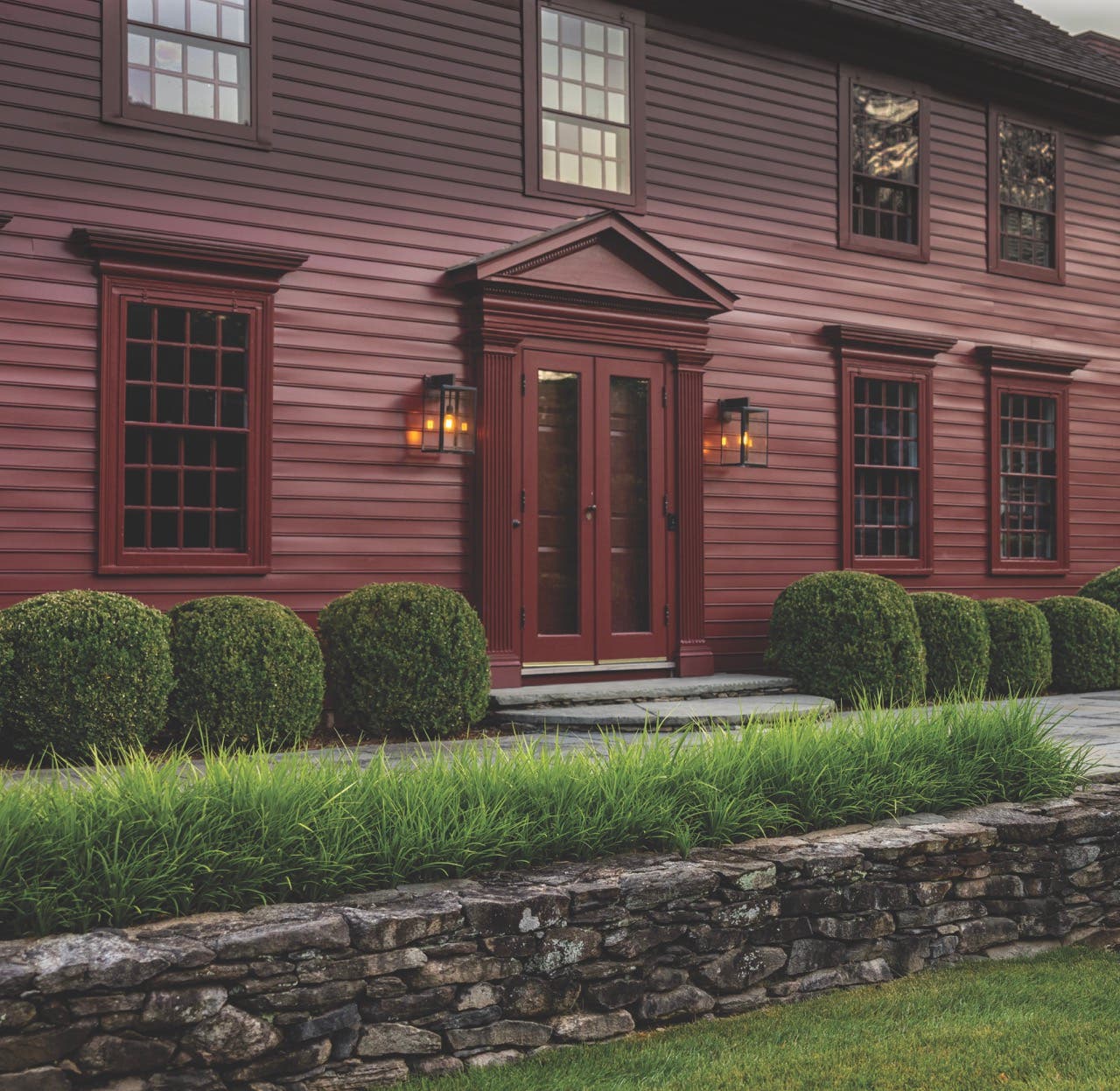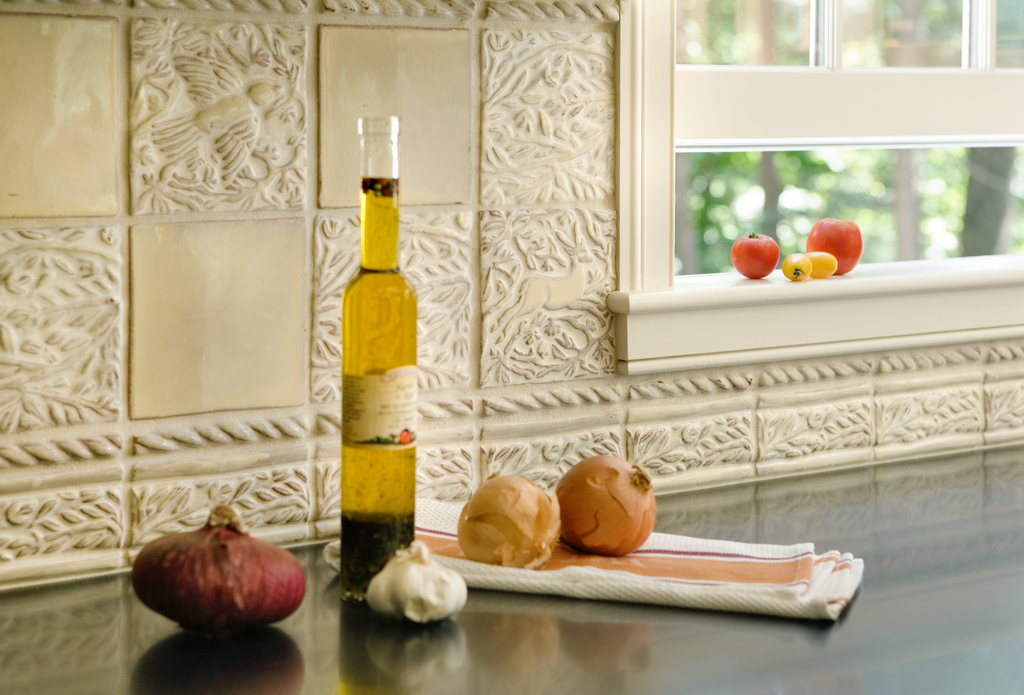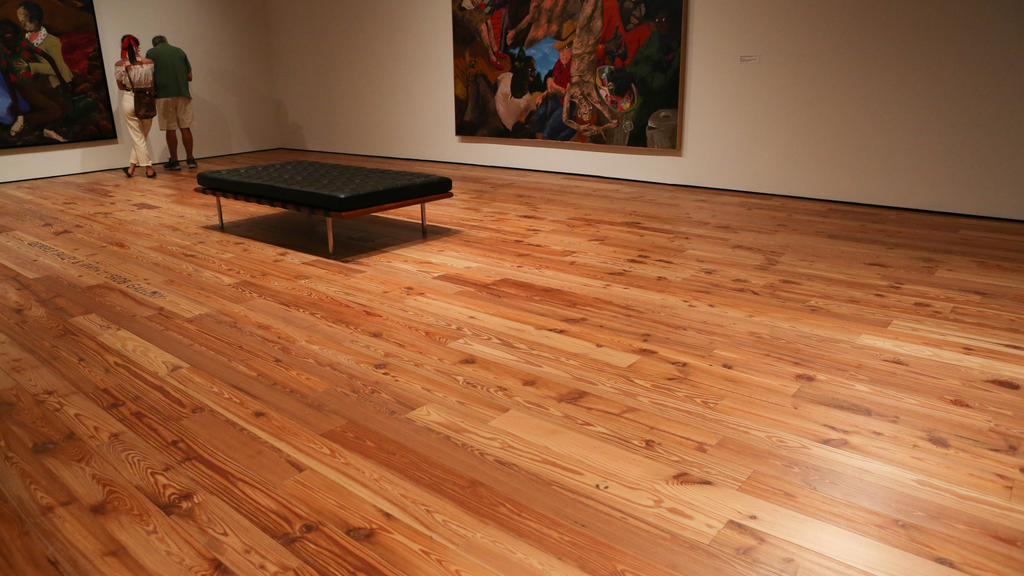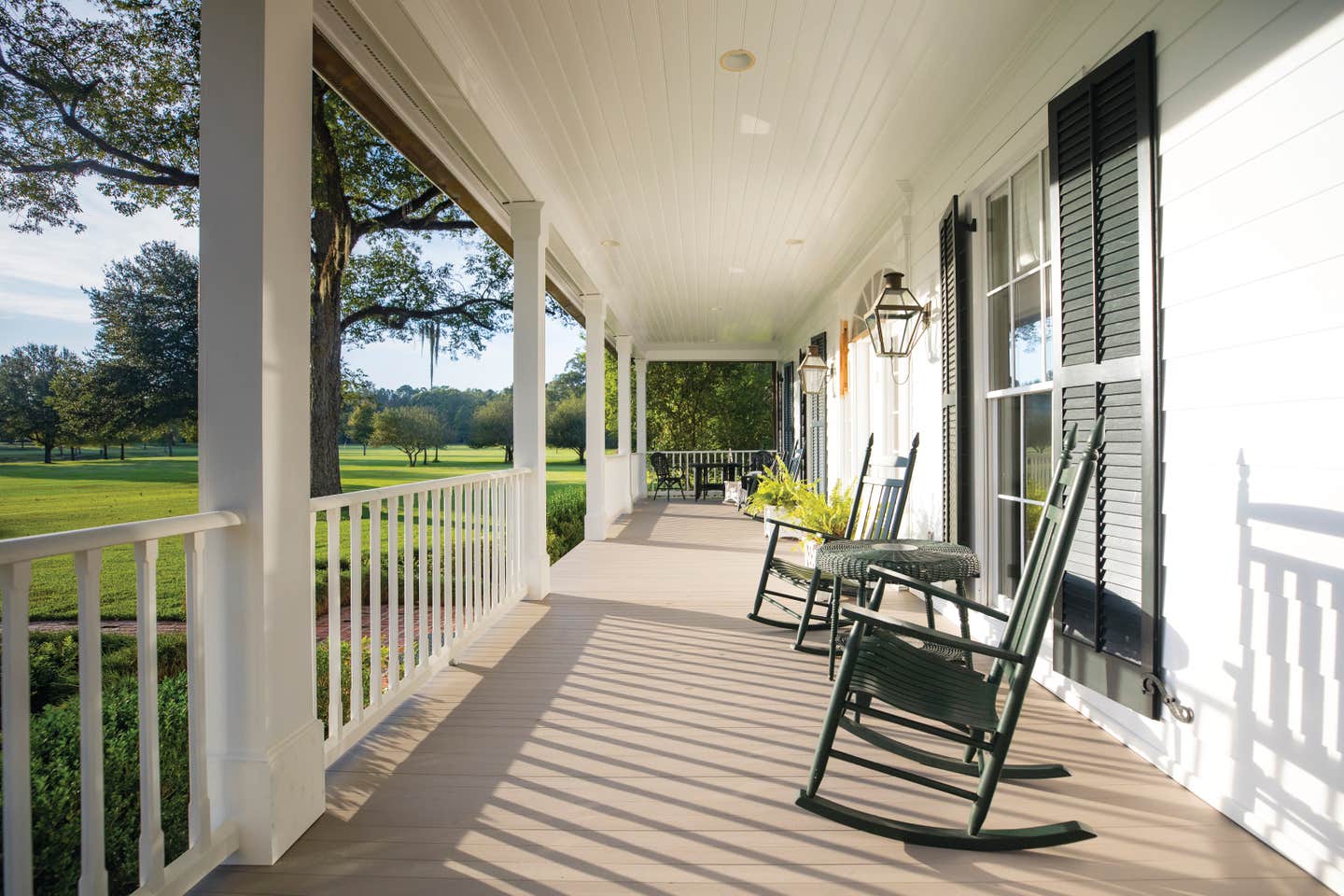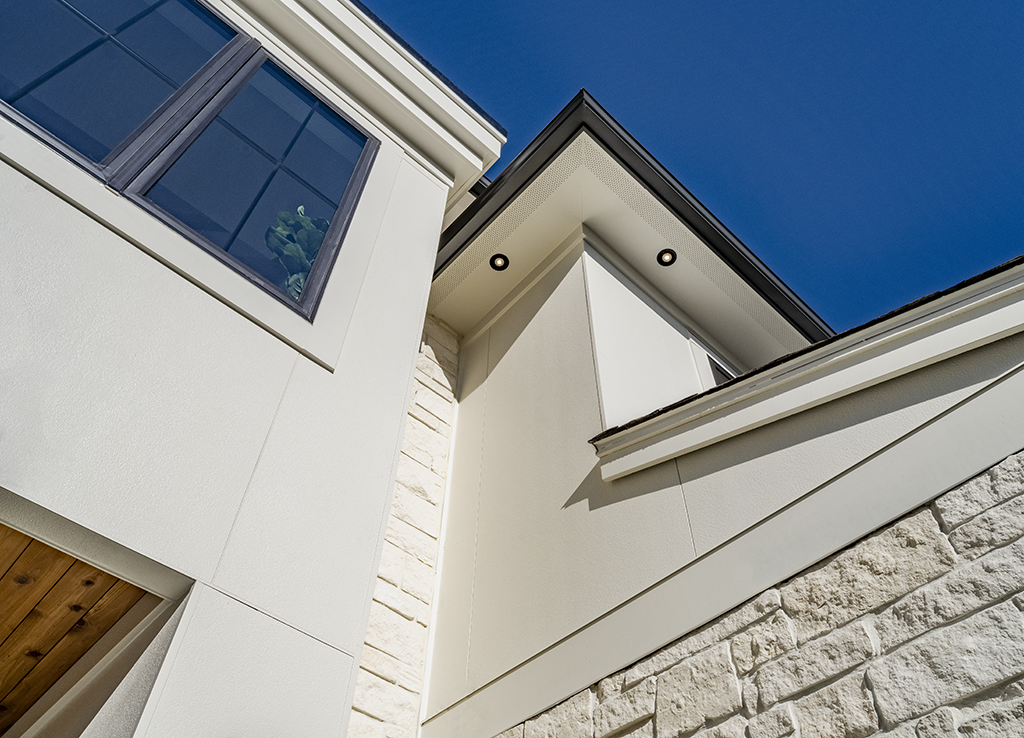
Product Reports
Outdoor Details
Architectural millwork, porch parts and siding, such enduring and defining features of a structure, are available in a variety of styles and materials.
Although wood has been the traditional choice for historic and classical-style projects, other options may be optimal for certain applications.
Here’s the latest information from some leading companies.
Chadsworth Incorporated
Known for executing the custom designs of architects, Chadsworth Incorporated makes the classical millwork—columns, pilasters, capitals, and balusters—that brings soul to historic and new structures.
Although the family-owned company is well established in the field—it is celebrating its 35th anniversary—“we never have ceased our studies to deliver the most architecturally correct columns and millwork,” says Jeffrey Lynn Davis, CEO and founder. “Our specialty is delivering what is designed, not necessarily what is ‘in stock,’ and our expertise is in our years of experience and training in classical architecture.”
Chadworth’s standard designs are pulled from historical plates as well as from the Institute of Classical Architecture & Art’s primer. “While equipment and techniques have advanced over the years to accommodate higher volumes and larger columns without sacrificing details, we do have craftsmen who still use tools like those of the past,” he says.
The company’s products, which have been used at Disney’s Hollywood Studios in Orlando, Christopher Newport University in Virginia, and on the exterior façade of Courier Square in Charleston, are available in wood, PVC, PolyStone®, and synthetics such as FRP.
“Each has its pros and cons,” Davis says. “Wood usually is the best as you can achieve the highest level of detail. However, there are projects, such as those in extreme weather conditions, on the waterfront, or where cost is a factor, where I would suggest synthetics.”
Chadsworth’s latest product, Premier Architectural Wood & PolyStone®, is based on the ICAA primer.
“Classical architecture is a language of symmetry and beauty developed over time into a set of orders and proportions,” Davis says. “When used correctly, those patterns create structures that are not only pleasing to the eye but also represent the mathematical and artistic skill handed down over hundreds of years by gifted architects. That is quite remarkable and worthy of enthusiasm and preservation.”
James Hardie
The world’s leading producer and marketer of high-performance fiber cement and fiber gypsum building solutions, James Hardie, has introduced the Hardie™ Architectural Collection in a variety of textures that allow for maximum customization.
The collection, an integrated solution of textured fiber cement panels and metal trims, debuted earlier this year.
“It has a sleek v-groove joint aesthetic,” says Ronnie Nunez, the company’s senior manager of products and segments. “The collection also features crisp architectural lines and a consistent appearance across a home’s exterior through minimal fastener appearance.”
The company also offers several other products, including planks, shingles, panel vertical siding, trim, and soffit panels in traditional, transitional, contemporary, and even modern styles.
Hardie’s products are made from natural and sustainable materials, which include cement, water, cellulose, fiber, and silica, a mineral found in beach sand, stone, and concrete.
“Our advanced ColorPlus® Technology finishes deliver the ultimate in aesthetics and performance,” Nunez says. “Our proprietary coatings are baked onto the board, creating a vibrant, consistent finish that looks brighter, and they are engineered for exceptional adhesion to our substrate and applied to the surface, edges, and features for durable performance.”
Products prefinished with ColorPlus® Technology come with a 15-year limited finish warranty, he adds.
Nunez notes that fiber cement siding is more durable and offers better protection than wood or vinyl siding. “It’s non-combustible and Class A fire rated,” he says. “It will not ignite when exposed to direct flame, nor will it contribute to a fire—unlike wood, which fuels fire, or vinyl siding. It also resists warping, sagging, or melting when exposed to heat or flame.”
Stein Wood Products
Since 1996, Stein Wood Products has been supplying custom milled and imported building materials for residential and commercial projects in the United States, most notably Siberian larch.
“Siberian larch is the only viable alternative to pressure-treated lumber, which is the biggest source of ground/water pollution in many parts of the world,” says Leo Kogan, a partner in the company. “The short growing season in Siberia creates dense, hard, and strong lumber with a very consistent light color and an exquisite grain pattern. It’s a naturally durable wood, ideal for porches, decking, and siding because it’s practically one hundred percent heartwood in every grade, so it’s the only wood product in its class that does not need to be painted or treated.”
It has been used in construction for centuries for everything from roofing, siding, windows, and architectural millwork to floors, bridges, pilings, and boardwalks.
Kogan notes that it’s plentiful and highly sustainable—one in five trees on the planet is Siberian larch—and that it’s one third the cost of cypress and redwood of comparable quality.
Although the wood is imported, Stein Wood Products maintains a quantity of Siberian larch in Tennessee for short-notice orders.
“We excel in working with homeowners, builders, and especially architects, starting from the design stage of a project to delivering a specified variety of often pre-finished materials directly in a container from the European manufacturer to the construction site,” Kogan says.
Kogan sees his mission as making architects and design professionals aware of the availability, superior qualities, versatility, and sustainability of Siberian larch.
“It is, he says, “shoulders above everything else on the market in terms of value.”
Vixen Hill Mfg. Co.
Founded in 1980 by Christopher Peeples, Vixen Hill designs and manufacturers porches, sheds, gazebos, and shutters.
“Our high quality and high craftsmanship with attention to detail and appearance set us apart,” says Andrea Beringer, sales coordinator for porches and gazebos-Ian MacBride/sales coordinator for sheds and shutters. “And our porches and gazebos have removable as well as interchangeable parts. Customers can add inserts years after the purchase and change the appearance of the product completely.”
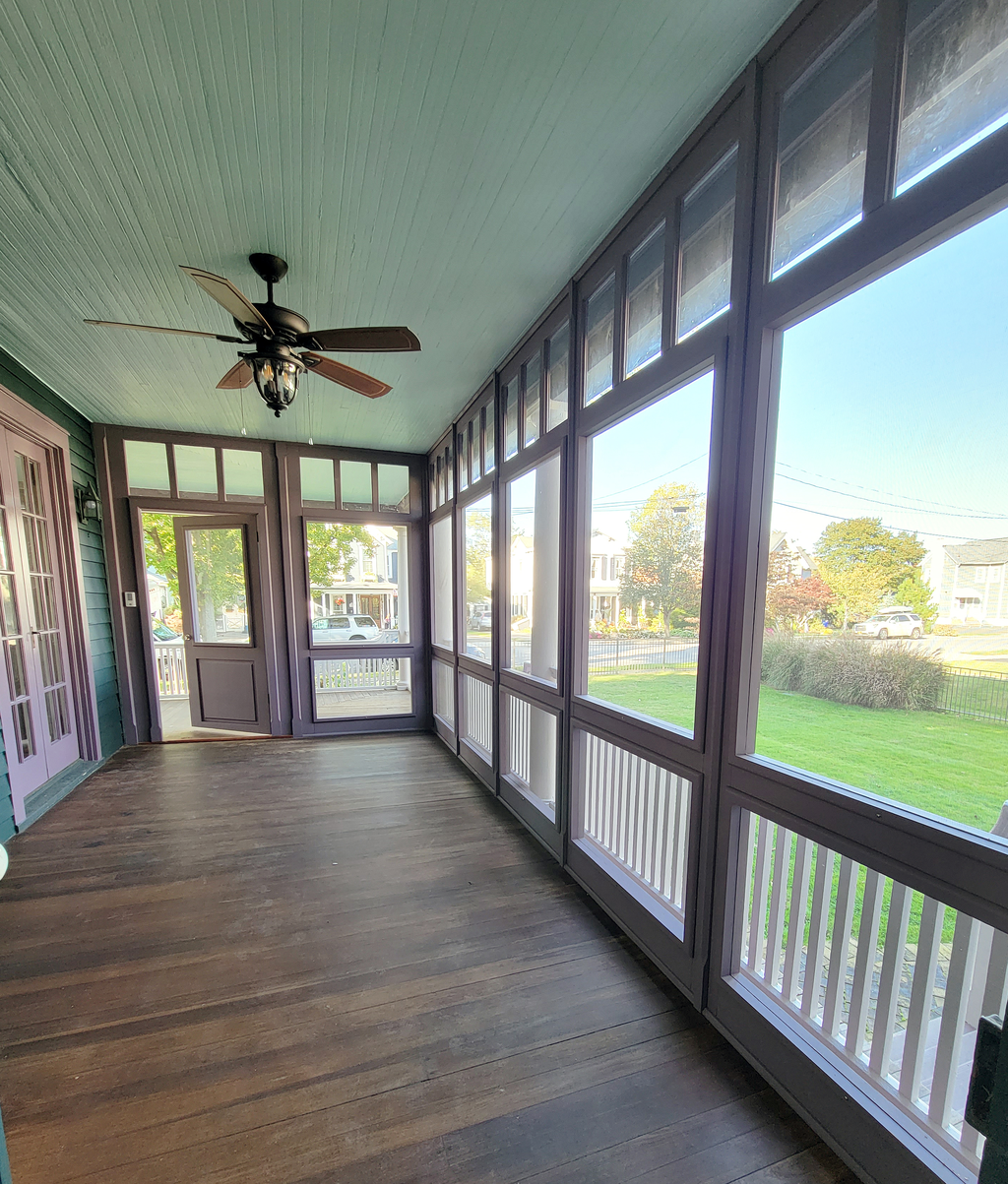
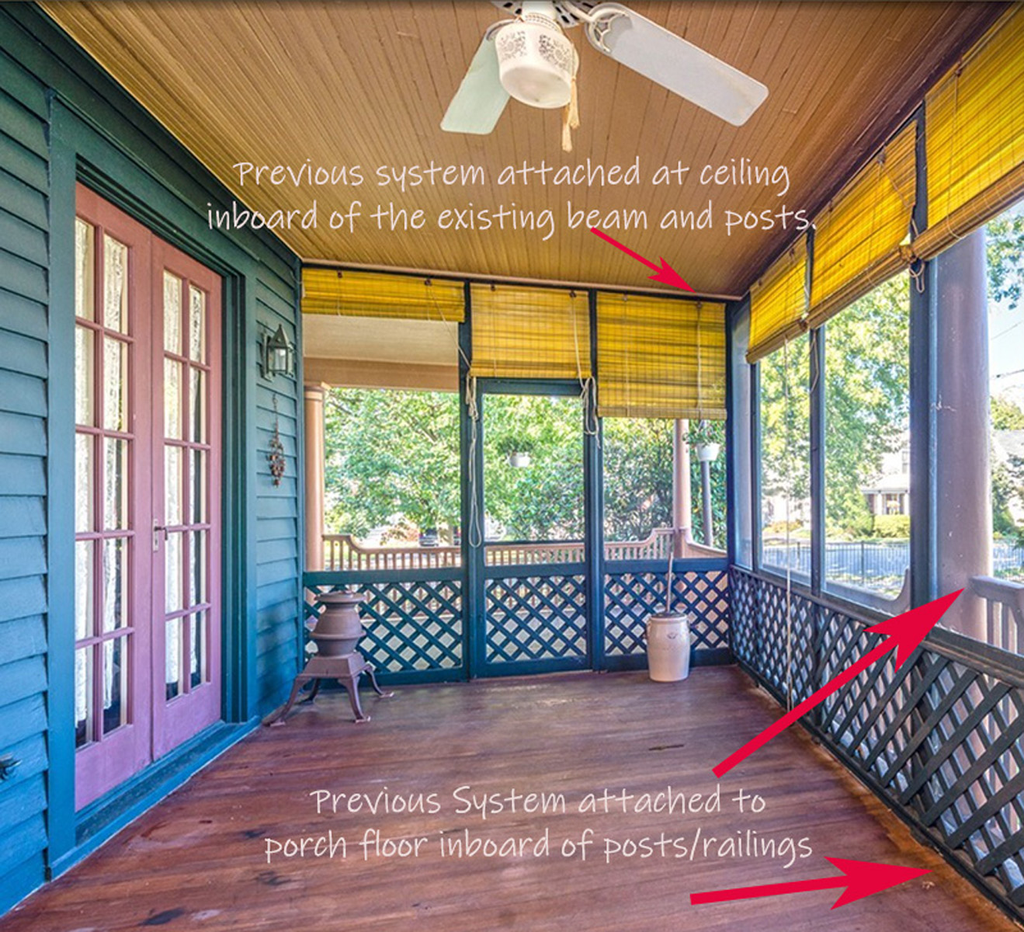
The company, which is based in Elverson, Pennsylvania, and has 11 employees, makes products in red cedar, which with its natural tannin is resistant to insects and weather and ages well, or in a mix of species of yellow and red cedar, which have composites for parts that are in contact with the ground and are designed for extremely wet climates.
The company’s newest product is a modular shed that is delivered flat in large pre-assembled components. “It’s made of high-quality materials in contrast to the cheap sheds one sees driving down the road,” Beringer says. “It’s perfect for homeowners who seek a quality shed that matches their high-end home and outlasts the average shed.”




